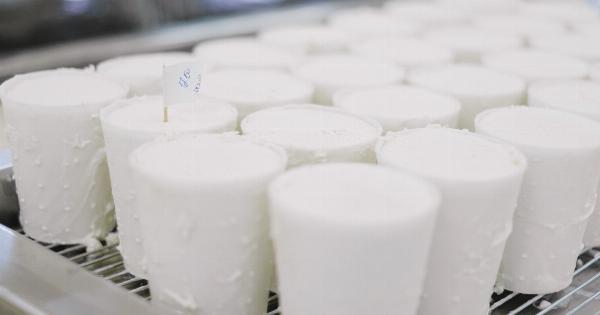Breast engorgement is a common condition that occurs when your breasts become overfilled with milk. It can cause discomfort and pain, making it difficult for you to breastfeed your baby.
However, there are various ways to alleviate this problem and ensure a more comfortable breastfeeding experience. In this article, we will discuss ten effective strategies to ease breast engorgement when breastfeeding.
1. Frequent Breastfeeding
Frequent breastfeeding is one of the most essential techniques to ease breast engorgement. By breastfeeding your baby often, you will effectively drain the breasts and prevent milk from building up excessively.
Aim to breastfeed at least 8 to 12 times a day, ensuring that both breasts are adequately emptied during each feeding session.
2. Proper Latching
Ensuring a proper latch is crucial for efficient breastfeeding and to prevent breast engorgement. When your baby is latched correctly, they can more effectively remove milk from your breasts, reducing the risk of engorgement.
Seek guidance from a lactation consultant or a healthcare professional to ensure your baby is latching on correctly.
3. Massage
Gentle breast massage can help alleviate breast engorgement by promoting better milk flow and reducing swelling. Before or during a breastfeeding session, gently massage your breasts in a circular motion towards the nipple.
This technique can help soften the breast tissue and facilitate milk letdown.
4. Warm Compress
Applying a warm compress to your breasts before breastfeeding can help relieve breast engorgement. The warmth promotes blood circulation and milk flow, making it easier for your baby to breastfeed.
You can use a warm towel or take a warm shower to help alleviate the discomfort.
5. Cold Compress
Alternatively, using a cold compress on your breasts after breastfeeding can help reduce swelling and relieve pain. Wrap an ice pack or a bag of frozen vegetables in a thin cloth and apply it to your breasts for about 15 minutes.
The cold temperature will constrict blood vessels and reduce inflammation.
6. Hand Expression
If your baby is unable to effectively drain your breasts, hand expression can be an excellent technique to relieve breast engorgement. Use your hand to gently compress and massage your breasts, expressing small amounts of milk.
Hand expression can help soften the breasts and make it easier for your baby to latch on.
7. Avoid Engorgement Triggers
Identify and avoid activities that may trigger breast engorgement. For example, skipping breastfeeding sessions or using pacifiers and bottles instead of breastfeeding can lead to engorgement.
Establish a consistent breastfeeding routine and avoid unnecessary supplementation to prevent milk build-up in your breasts.
8. Ensure Proper Breast Support
Wearing a properly fitting and supportive bra can help alleviate breast engorgement. A bra that is too tight can constrict blood flow and lead to discomfort.
Opt for a comfortable and supportive nursing bra that offers adequate space for your breasts to expand during breastfeeding.
9. Cabbage Leaf Compress
The cabbage leaf compress method has been used for years to reduce breast engorgement effectively. Place chilled cabbage leaves (green or white) on your breasts, covering the entire area. The cabbage leaves help reduce inflammation and relieve pain.
Replace the leaves when they become wilted or warm.
10. Consult a Healthcare Professional
If you are experiencing severe breast engorgement or if the above techniques do not provide relief, it is essential to consult a healthcare professional.
They can assess your situation and provide additional guidance or recommend specific interventions to ease your breast engorgement.




























